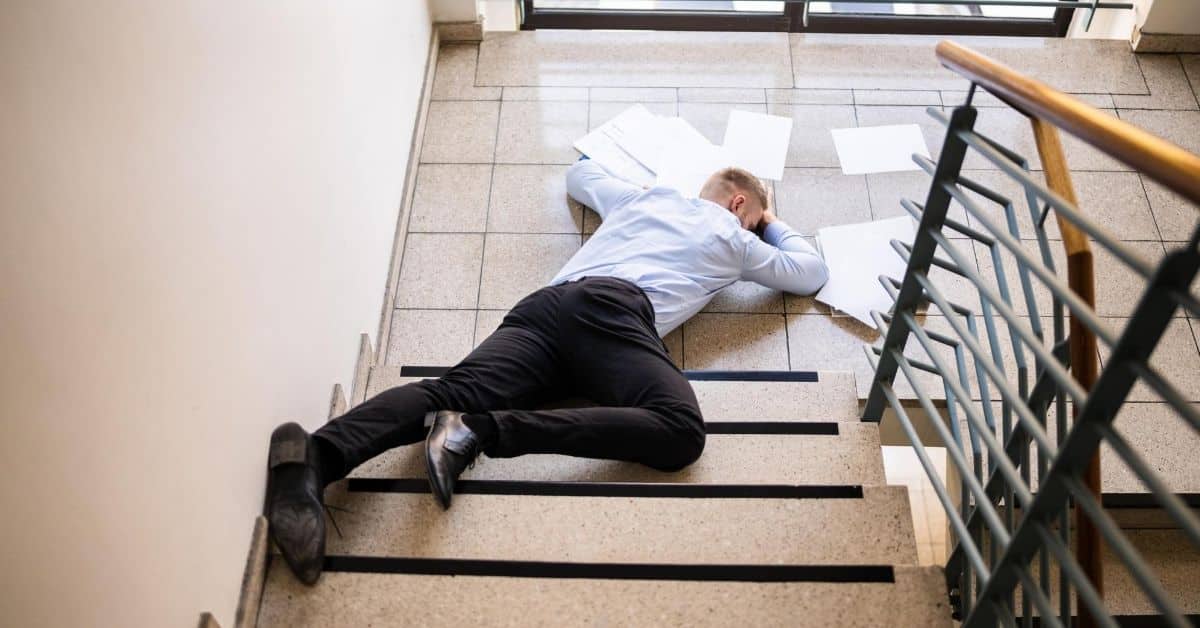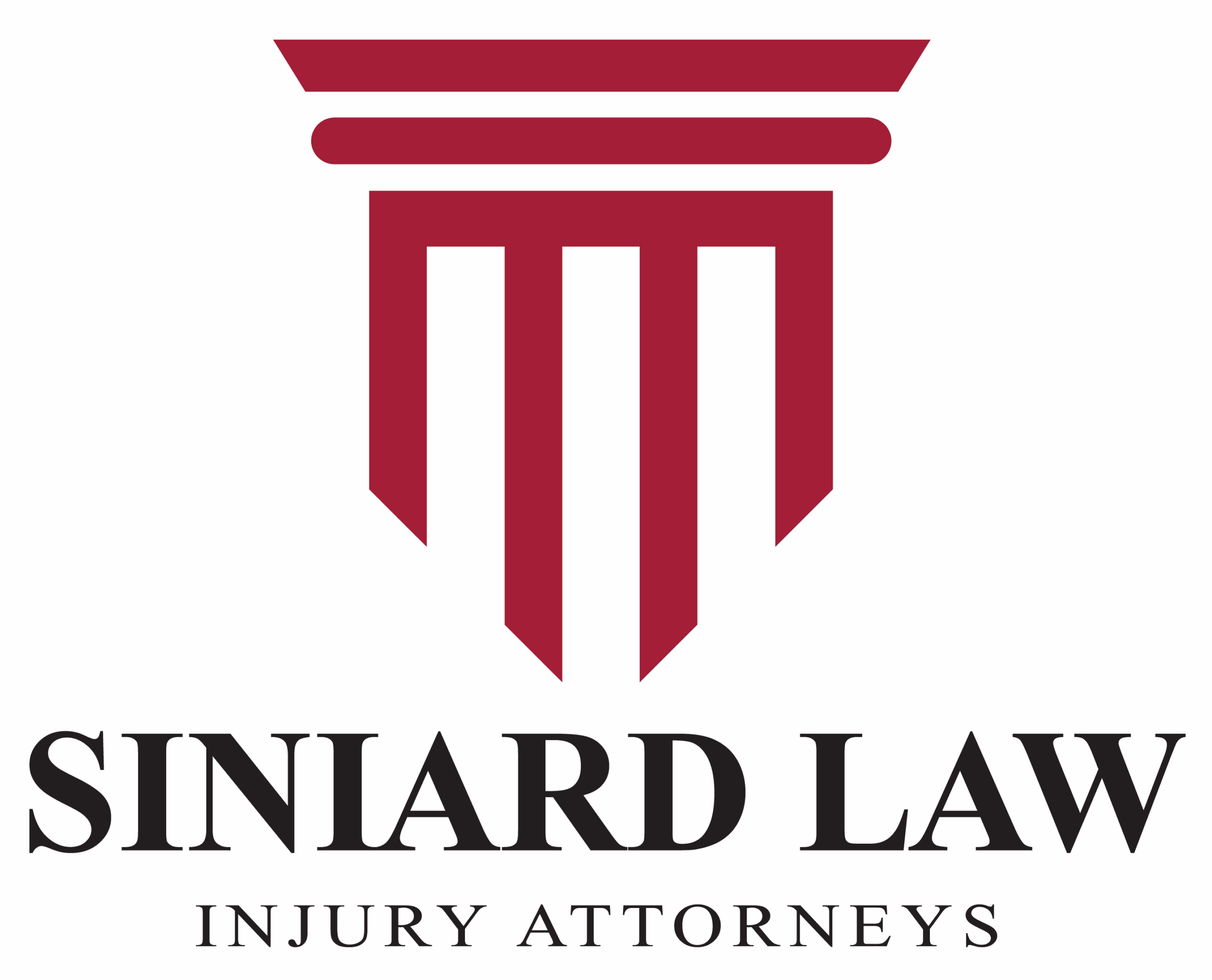If you slip and fall while visiting someone else’s property, you may have a viable personal injury claim against the property owner or other responsible party. However, you will need evidence to help prove your claim. An experienced premises liability attorney from Siniard Law, LLC, can help identify, preserve, and present evidence in the most compelling manner to pursue your claim for fair compensation.
The Legal Duty in Alabama Slip and Fall Cases
Slip-and-fall cases fall under the umbrella of premises liability laws in Alabama. These laws set out the legal duty of care the property owner, manager, or occupier owes under various circumstances. The evidence you will need to prove your premises liability claim will depend on the type of property you were injured on and your legal status on the property.
Government agencies are responsible for keeping the public safe on their properties. For a claim involving an injury that occurred on public property, you will need to prove the following legal elements:
- The government entity owns or controls the property where you fell.
- The property had a dangerous condition that posed an unreasonable risk of harm.
- The government entity knew or should have known about the dangerous condition, which you may be able to establish based on prior complaints, inspection reports, or the nature of the hazard.
- The hazardous condition caused your slip and fall.
- You suffered injuries as a result of the slip and fall.
For slip-and-fall accidents occurring on private property, the property owner’s legal duty of care depends on your legal status on the property, as follows:
Invitee
Invitees have the property owner’s permission to be on the property and have been expressly or impliedly invited onto the property. They are often on the property for the owner’s financial benefit, such as customers in a store. They are owed the highest level of care because they are there for the property owner’s benefit. Property owners have a duty of reasonable care to identify and address any potential hazards, which may include conducting an inspection of the property to identify possible hazards.
Licensee
Licensees also have permission to enter the property but do so for their own purpose, such as a social guest or meter reader. Property owners owe a lower duty of care; they’re only required to avoid creating new dangers and providing a sufficient warning to licensees that they’re actually aware of.
Trespasser
Trespassers do not have legal permission to be on the property, so property owners owe them the lowest duty of care. They must only refrain from causing willful or wanton harm to them. However, special rules apply to known trespassers and child trespassers.
An experienced attorney can review your case, determine your legal status on the property, and gather evidence to help prove your legal claims.
Types of Evidence to Prove an Alabama Slip and Fall Case
If you were injured while visiting someone else’s property, gathering as much evidence as possible to support your slip and fall claim is imperative. A personal injury attorney can help gather evidence such as:
Incident Reports
The first piece of evidence you might obtain in your case is an incident report. This could be from the business where you slipped and fell or an official report prepared by police or other emergency responders. The accident report may include critical details regarding the incident, such as:
- Where the accident occurred
- When the accident occurred
- The property owner’s name and contact information
- Statements regarding any dangerous conditions on the property
- The presence or lack of any warning signs
Reporting the accident promptly can help ensure that an official report is prepared in your case. The incident report can provide context and acknowledge that the accident happened, making it easier for you to file a claim with the property owner’s insurance company.
Photographic Evidence
A strong piece of evidence in premises liability cases is photographic evidence. As they say, a picture can tell a thousand words. Pictures may be able to demonstrate the dangerous conditions on the property that led to the slip and fall, such as:
- Wet floors
- Slippery floors
- Missing railings or steps
- Uneven flooring
- Broken steps
- Potholes
- Inadequate lighting
- Lack of warning signs
Photographs can also show your physical injuries and how they developed over time, which can be helpful if you file a personal injury lawsuit and don’t go to trial until well after your injuries have healed.
Because photos can be such valuable evidence, you should take pictures immediately after the slip and fall, before the area is cleaned up.
Video Evidence
Today, everyone seems to have a cell phone and be recording. Witnesses or others may have made a video recording of the accident, or the business may have surveillance cameras. Make a note of this information and share it with your personal injury attorney, who can take steps to request and preserve this footage.
Witness Statements
Witness statements can be another powerful form of evidence that can corroborate your version of events. They are often given more weight because they come from an objective source. After the accident, ask any witnesses to write down their names and contact information. Your premises liability lawyer can follow up with them later to get an official statement.
Maintenance Records
Maintenance records can be a good source of information. They can show whether the property owner knew about unsafe conditions and failed to correct them. They can also show how much time elapsed between recognizing a hazard and taking (or not taking) action.
Medical Records
Your medical records can be critical documentation of the injuries you sustained during the slip and fall. They can also link the slip and fall to your injuries. You should request your medical records or ask your personal injury attorney to do it so that there is a clear record of your injuries, medical treatment, recovery, and prognosis.
Personal Account and Documentation
You can write down what happened while your memory is fresh. Note details about how the accident occurred, your injuries, and your recovery. This can also help document your pain and suffering to help obtain fair compensation.
Evidence of Financial Losses
When you file your personal injury claim, you’ll ask for compensation for the economic and non-economic damages you sustained. Keep anything that shows the value or existence of damages, such as medical bills, employer letters indicating lost income, pain and suffering, or damage to your personal property.
Other Evidence
An experienced accident attorney can help identify other evidence that can help prove your case. In some cases, they may hire expert witnesses from various fields, such as accident reconstruction, building standards, or engineering, who can provide expert testimony about how the accident happened. Social media evidence may be brought in to show the defendant’s admissions.
Evidence-Related Factors Influencing Compensation in Slip and Fall Cases
The quality of your evidence can affect whether you can obtain a successful outcome in your personal injury claim. Strong evidence can help prove the property owner’s knowledge, that they failed to exercise reasonable care, and that unsafe conditions caused your injuries. Weak evidence will not be sufficient to meet your burden of proof.
Another evidence-related factor you should be aware of when filing a personal injury lawsuit in Alabama is the state’s contributory negligence rule, which bars recovery if the injured party contributed to any extent to causing their own injuries.
Withholding Evidence in Slip and Fall Cases
Property owners and other negligent parties may have evidence of their negligence, but they might be reluctant to hand it over, fearing the responsibility of paying for the damages they caused. Your lawyer can take proactive steps to ensure this evidence is preserved, such as sending spoliation of evidence letters.
These letters instruct the recipient of their legal duty to preserve evidence that they have that could be relevant to a potential legal claim. If they disregard these instructions, evidence may be interpreted against them.
For example, a property owner might have video surveillance footage that could be overwritten if they don’t take steps to preserve it. If they fail to take these steps, juries may be able to assume that there was evidence in the footage that would have been damaging to the defendant.
Experienced attorneys may conduct extensive discovery after they file a personal injury lawsuit, requesting additional information. If defendants fail to comply with these requests for information or hide evidence, they can face various sanctions from the court, including having to pay penalties and the plaintiff’s attorney fees, as well as having evidence that can be construed against them.
Contact Our Skilled Attorneys for a Free Consultation
If you were injured in a slip and fall accident while visiting someone else’s property, you may have various legal options for pursuing a fair settlement to help pay for your medical bills, lost wages, pain and suffering, and other damages. Contact us today to discuss your situation with an experienced attorney with Siniard Law, LLC during a free case review.

